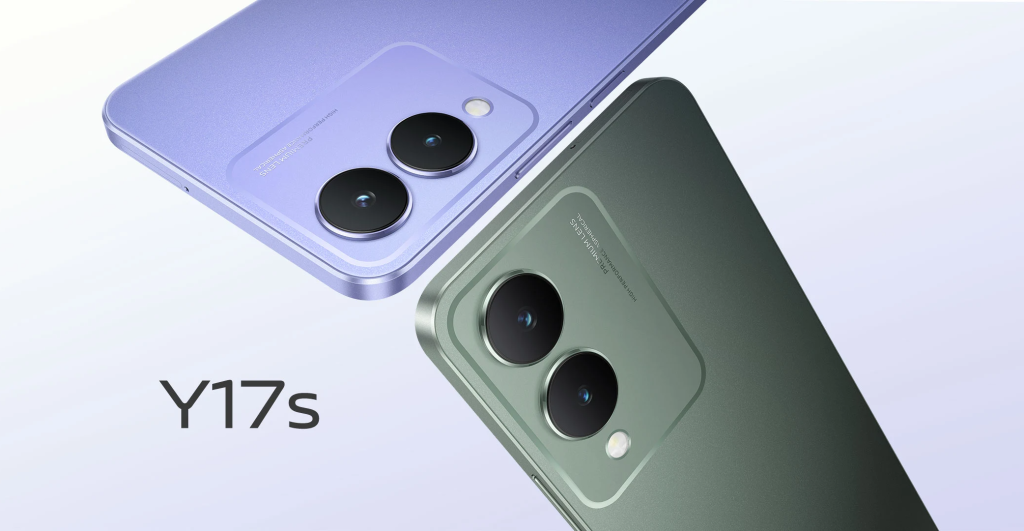Google Pixel 7 Pro: The Ultimate Smartphone with Impressive Specifications Pros and Cons

The Google Pixel 7 Pro is one of the most anticipated smartphones of the year, with its rumored high-end features and innovative technology. In this article, we will take a closer look at the Google Pixel 7 Pro’s rumored specifications and highlight its most significant advantages and disadvantages.
Specifications of the Google Pixel 7 Pro:
Display:
The Google Pixel 7 Pro is rumored to feature a 6.7-inch QHD+ OLED display with a resolution of 3200 x 1440 pixels. The display is also said to support a high refresh rate of 120Hz, which offers a smoother scrolling experience and better performance overall.
Camera:
The Google Pixel 7 Pro is expected to feature a triple-lens camera system with improved zoom capabilities, larger sensors, and better low-light performance. The front-facing camera is also rumored to have a higher megapixel count, which will make selfies and video calls even sharper.
Processor:
The Google Pixel 7 Pro is likely to come with a Qualcomm Snapdragon 898 processor, which is said to offer even better performance and energy efficiency than the previous Snapdragon 888 chip. This means that the Google Pixel 7 Pro will be able to handle even more demanding apps and games with ease.
Connectivity:
The Google Pixel 7 Pro is expected to support 5G connectivity, which will allow for faster download and upload speeds. It is also rumored to support Wi-Fi 6E, which offers faster speeds and improved performance in congested areas.
Battery Life:
The Google Pixel 7 Pro is said to feature a larger battery than its predecessor, which should offer improved battery life. Additionally, the device is rumored to support faster charging, which will allow users to charge their device more quickly.
Advantages of the Google Pixel 7 Pro:
1- Improved camera system: The triple-lens camera system on the Google Pixel 7 Pro is expected to be a significant improvement over the camera on the previous model. With larger sensors and better low-light performance, the Google Pixel 7 Pro will be able to take even better photos and videos.
2- High refresh rate display: The Google Pixel 7 Pro’s support for a high refresh rate of 120Hz means that users will enjoy a smoother scrolling experience and better performance overall.
3- 5G connectivity: The Google Pixel 7 Pro’s support for 5G connectivity means that users will be able to take advantage of faster download and upload speeds, making it easier to stream content and download files on the go.
4- Faster performance: With the new Snapdragon 898 processor, the Google Pixel 7 Pro will be able to handle even more demanding apps and games with ease, offering faster performance and smoother multitasking.
Disadvantages of the Google Pixel 7 Pro:
1- High price: The Google Pixel 7 Pro is expected to be quite expensive, which may put it out of reach for some users.
2- No headphone jack: As with previous models, the Google Pixel 7 Pro is expected to ship without a headphone jack, which may be a disappointment for some users who prefer wired headphones.
3- Limited storage options: The Google Pixel 7 Pro is expected to come with limited storage options, which may be a problem for users who need a lot of storage space for photos, videos, and apps.
4- No major design changes: While the Google Pixel 7 Pro is expected to have improved specifications, it is not expected to have any major design changes, which may disappoint some users who were hoping for a new look.
In conclusion, the Google Pixel 7 Pro is shaping up to be an impressive smartphone, with a range of new features and improved specifications. While there are some potential downsides, such as the high price and limited storage options, the advantages of the Google Pixel 7




Good